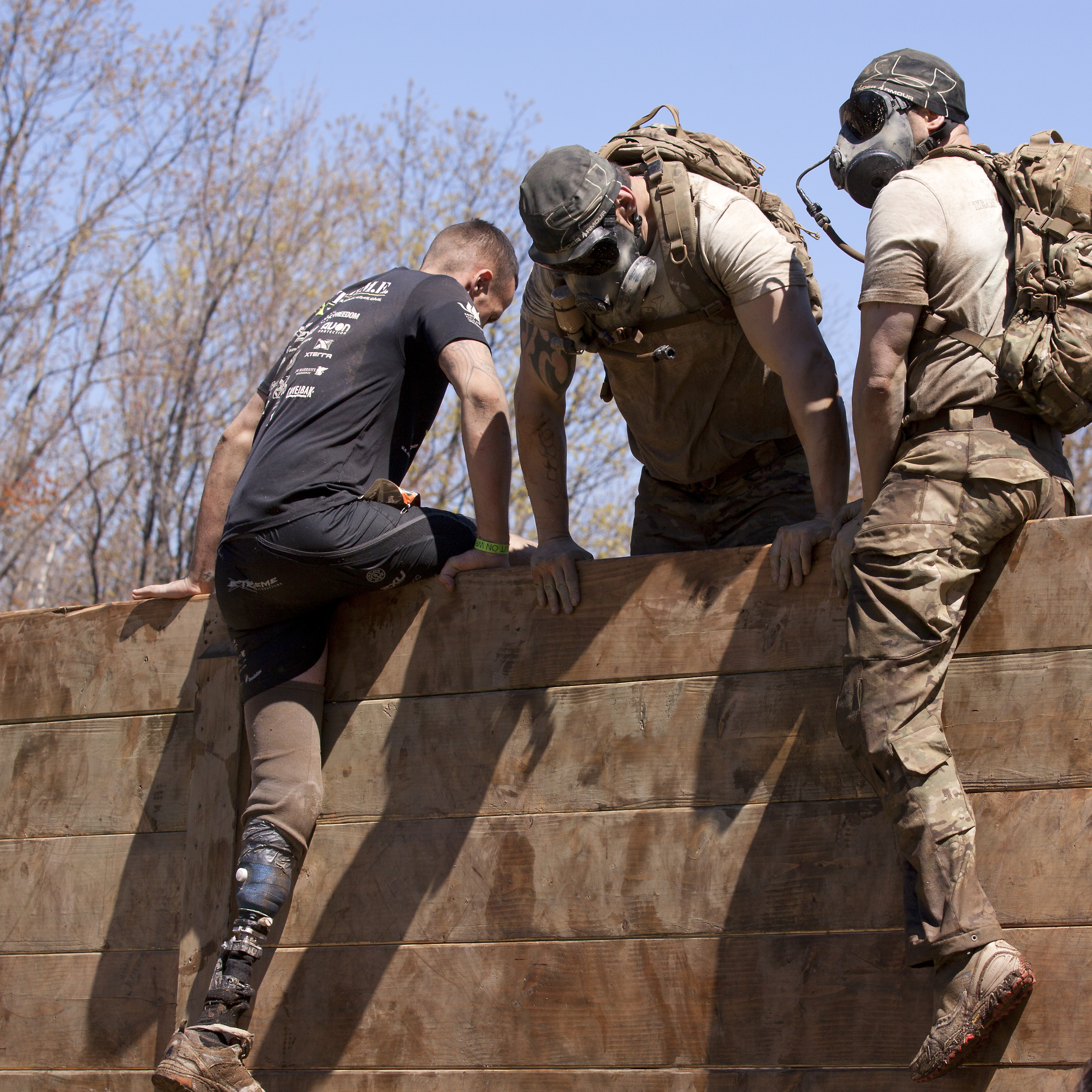December 2016
BADER Consortium and the Thought Leadership and Innovation Foundation recently collaborated on a special supplement to Military Medicine, the International Journal of AMSUS.
The focus is the “New Normal” of military care – namely, how the military and civilian sectors are flexing to care for servicemembers with orthopedic combat injuries. During the five operations in Iraq and Afghanistan since 2001, more than 1,640 members of the U.S. Armed Forces have suffered a traumatic injury requiring a limb amputation. These men and women require high-level, multidisciplinary care that addresses their needs in the short and long term while also helping them reach their highest level of function possible.
Addressing these varied needs of injured service members requires the development of strategic infrastructures that integrate patient care and clinical research. This is the work of the BADER Consortium.
The Military Medicine supplement talks about the challenges and successes in fostering this “New Normal” approach. It includes insights gleaned from a recent gathering during the AMSUS Annual Continuing Education Meeting in San Antonio, Texas. “WARfighters Receiving Innovative Orthopedic Rehabilitation (WARRIOR) Symposium: Research and Treatment of Patients with Extremity Trauma and Amputation” discussed how state-of-the-art programs are using research to impact the care of people with limb loss.
This event was a first in bringing together military, civilian and industry representatives to talk about ways to partner in the future. John Shero, director of the Department of Defense/Veterans Affairs Extremity Trauma and Amputee Center of Excellence, or EACE, called the gathering “a brain trust” of people he had never before seen together. For the BADER Consortium and others invested in orthopedic rehabilitation research, it’s exciting to think of what may come from that meeting.
Other articles in the supplement include the results of an analysis of Medicare claims for patients receiving lower-extremity prosthetic services. The findings suggest that prosthetic services provide value to the Medicare program in terms of fewer acute-care hospitalizations and less facility-based care as well as improved quality of life for patients.
Another article by a multidisciplinary panel of health professionals focuses on the recommended guidelines for the prescription of orthotic services.
This supplement presents a timely look at the tremendous effort that has gone into advancing the care for these wounded warriors. It’s critical for this important work to be sustained through continued partnerships and research. After all, the approaches taken by military health professionals have implications in the civilian world as well.


